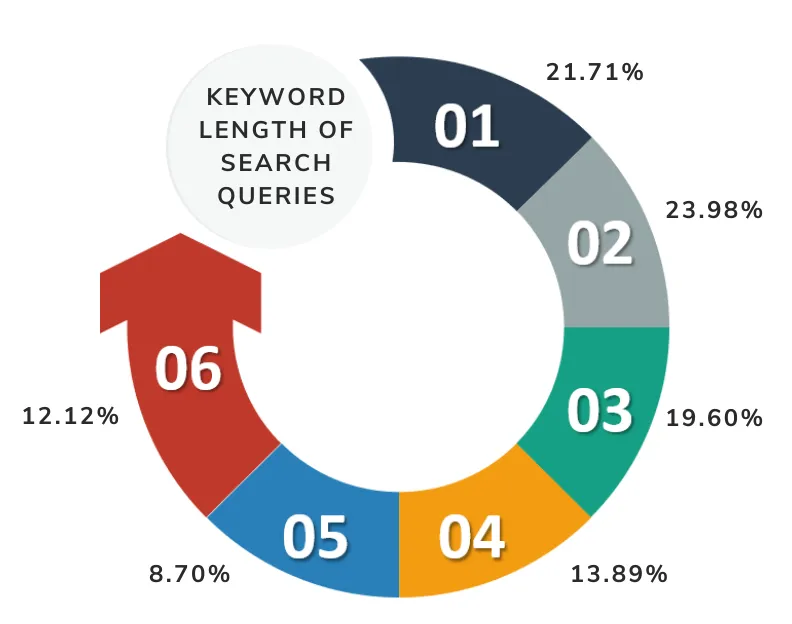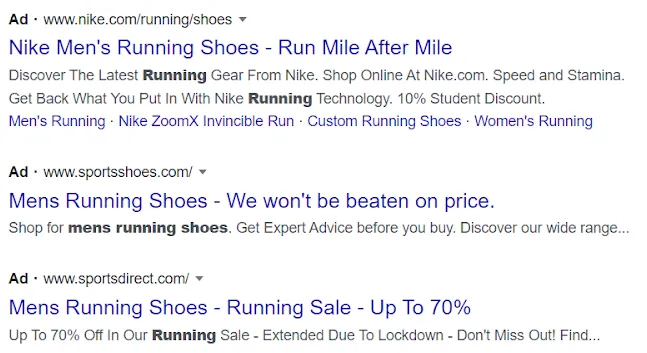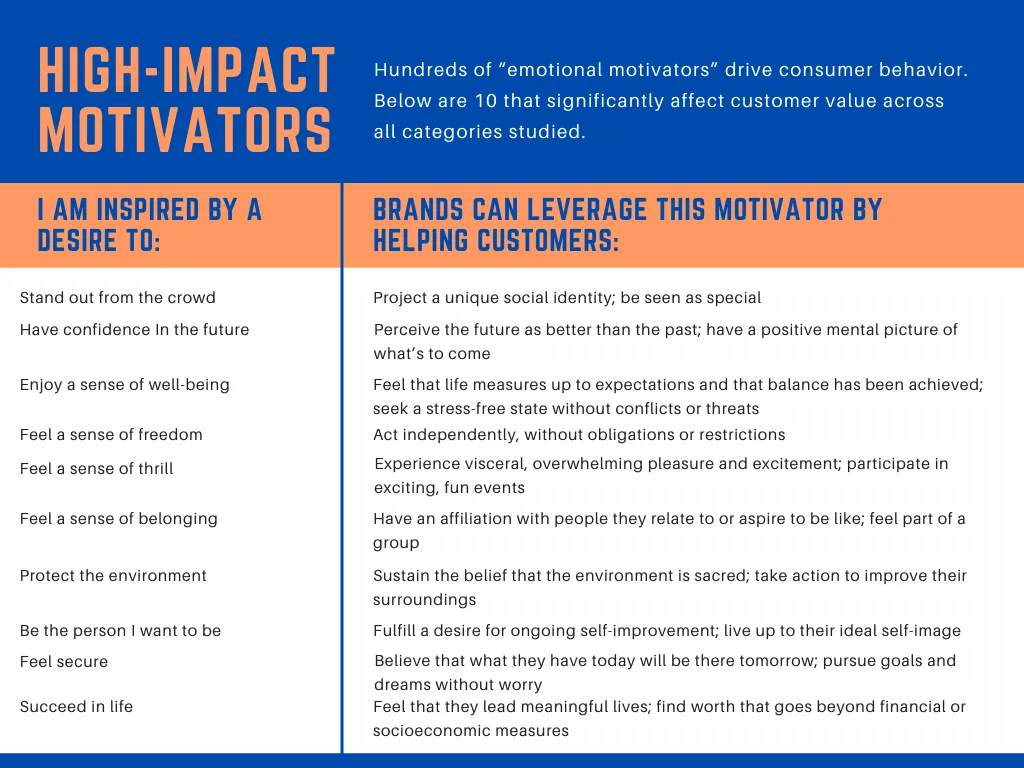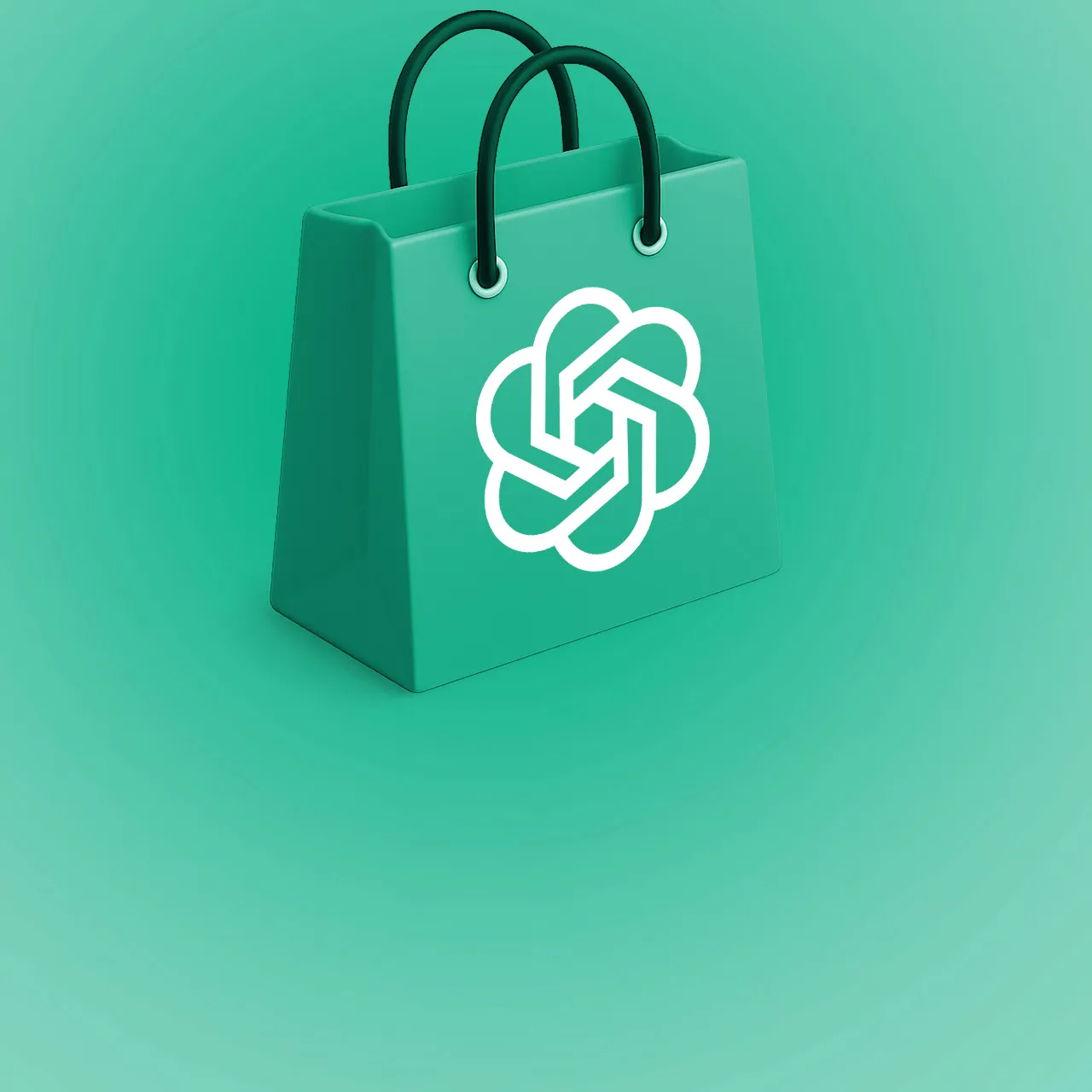read
The average conversion rate for Google ads on the search network is 3.17%. If your conversion rate is lower than this, then you need better ad copy.
If you’re doing better than this, buy your copywriter an extra bottle of wine this month.
We’re going to show you how to boost your conversion rates because that’s where the money is. Running ads without getting conversions (sales) is just wasting money. We’ll show you successful Google Ads examples and tell you what makes them so good.
Before we show you the 11 proven strategies, we should cover a few common questions.
Let’s get to it.
Are Google ads successful?
A paid ad in the first position on Google has a click-through rate (CTR) of 7.11% . That’s successful. Compared to other forms of advertising, a CTR of 7.11% is phenomenal. Email marketing leads to an average CTR of 2.62% .
Google advertises an ROI of 8:1 for ads on its search network. So, yes, Google ads are successful.
What can I write on Google ads?
Text. That’s what a Google text ad uses. But you need the right text. Here are the ingredients of a Google ad:
Headline
Hook
Offer
Call to Action
Ad Extensions
There are many ways to get the most out of the small character allowance. Read on to learn our top 11 tricks.
What ads are most effective?
Text ads on the search network are the most effective ad across Google’s networks. They have consistently high conversion rates. Within this group, the most successful ads do a few things really well:
Match the searcher’s main goal
Communicate a clear offer
Use an appealing call to action
Google ads that use these ingredients do well. Text ads that don’t, don’t.
Now that we’ve said a little about the best practices for ad copy, let’s get into some specific examples. Here’s our list of the top 11 Google Ads tricks for successful campaigns.
How to Create a Great Headline for a Text Ad
All text ads need a strong headline. People see the headline first and may not read the ad if the headline doesn’t grab their attention. Every ad must have a compelling way to stand out from the crowd and capture interest.
Here are two super tips to help you write brilliant headlines every single time.
1. The Best Google Ads Target Search Intent in the Headline
Ads target people searching with commercial intent. Your headline should include words that show you understand what the customer wants to accomplish - their search intent.
Here’s how to analyze search intent quickly:
- The keyword phrase is your best clue about search intent. Many Google searches are long enough to determine search intent. Use a longer keyword phrase to understand what the searcher wants to accomplish.

- The organic results for the search query should tell you something about what customers want when they search. Some queries are for information only. These probably lead to blog pages, listicles, and reference sites. When the search results are full of commercial sites, create a landing page to target your ad at potential buyers.
- If the organic search results show mixed intent, then you should be cautious about your ad campaign. You might find your ad is being displayed to people who are not interested in buying your products.
3 Ways to Use Search Intent in Your Headline:
Target the outcome. Look at these ads for the phrase “sell my car online”:

Can you see how they target the outcome? All of them mention a fast sale, simple payment, and car collection. For someone selling their car online, this is the best outcome.
Sell the Benefits. Focus on the benefits of your product. Advertising a weight loss pill should include terms like “fast” and “guaranteed.” Here are real google ads that focus on the results/benefits:

These ads feature a few benefits in the headlines. First, they all mention weight loss. Second, two of them mention the personalization of the plan. Affordability and ease of use are two major benefits people want from a diet plan.
Don’t Repeat the Customer’s Query. If you’re running an ad for hair loss products, don’t start your ad with “Is Your Hairline Receding?” The customer is looking at your Google ad because of the problem. Don’t rub it in.
2. Build Trust with Your Google Ads Headlines
Many people click on ads even though they are cautious about advertisements.
In your headline, try to provide evidence to help customers trust your product and company. Building trust isn’t difficult and there are some power words you can use.
Here’s a list of proof power words:
Proven
Effective
Safe
Trusted
Experts
Reviews
Best
The list could go on for much longer. You’ve already seen some of these in action, though. The ad for sellcar.co.uk used this phrase: “5* Trust Pilot Rating.” A simple phrase like this helps build trust by providing social evidence.
Here is another example:

Fiverr’s ad brilliantly focuses on the outcome. The other three highlight their proof of quality by using phrases like “Top Rated Freelance,” “Best Freelance Talent,” and “Expert Freelancers.” These ads build trust right away.
Use an Irresistible Hook to Snag More Conversions
A hook is something that grabs attention and keeps readers interested until the very end. Without a juicy hook, your competitors will catch all the customers. Create a hook to increase brand awareness, promote your business, and increase your CTR.
Discover three ways to use hooks to bring in more leads.
3. Establish Your Brand Name and Unique Selling Point (USP)
One important thing you must include in your ad copy is your business name.
Brand awareness comes from people seeing your brand name, logo, and messaging. So use your hook to establish your brand name and what makes your brand unique.
Here’s what we mean:

Wickes builds on its branding by doing two things really well. First, they use their brand name and add a trademark symbol. This is a subtle signal that adds trust to branding. Second, they have a unique selling point (USP). They have the widest range. While others are competing on price, Wickes is proudly saying, “We have the perfect kitchen for you.”
4. Use a Deal in Your Ad Copy to Hook the Reader
Everyone loves a deal. Adding deals into your ad description will increase your click through rate. Experience will show you which deals are the best. One of the hottest trends right now, though, is to offer a deal on shipping.
Deals can be a major feature or thrown into the main description. Here are two ads for the same keywords that do it differently:

The first ad doesn’t feature a deal heavily, but the last sentence advertises free shipping for qualifying orders. The second ad takes the very common approach of starting with a bargain. Leading with 20% off will grab attention.
Find the right deal for your product. Deals are a double-edged sword because they grab attention but they cut into profits. Paying money to advertise a deal is even more expensive.
David Ogilvy, advertising genius, said this about deals:
“Any damn fool can put on a deal, but it takes genius, faith and perseverance to create a brand.”
5. Text Ads Protect Your Brand Name and Work as a Hook
Why does Nike advertise? Have a look at these competing ads for the keywords “running shoes for men:”

Why does Nike advertise when it already has a huge brand and a great share of the market?
There are two reasons:
First, Nike is protecting its brand name. They don’t want shoppers to associate running shoes with a different business. Their competitors are running ads, so Nike is running ads.
Second, established brands demand attention. Shoppers, especially men, will see the Nike business name and pause to look at the ad. The brand is its own hook.
You can create a great hook with your brand.
Advertise an Offer That Boosts CTR and Conversions
Use an offer in your Google ad copy to sell something specific. Your offer could be a discount, a new product, or a service people cannot find anywhere else.
Let’s discover two methods of using your offer in your ad copy to increase CTR.
6. Create FOMO with a Timer or Deal
FOMO is the Fear Of Missing Out. No one wants to miss a deal, so we can create FOMO by adding something to our offer that creates urgency.
Here are two simple ways to do this:
Use a timer or deadline. “Limited time offer” is an old advertising phrase, but it still works. Adding urgency makes people choose sooner. Including countdown tools and website timers creates a deadline for customers.
Create scarcity with inventory. “While supplies last” is another advertising phrase we’ve all heard. It works, too. Adding scarcity makes people choose sooner.
Using either of these two methods will immediately make your Google ad copy more appealing and lead to a higher click through rate.
7. Test Out Psychology on Your Target Audience
Psychology plays an important role in advertising. When you create a Google ad, try to think through why people will want to act.
Here are some psychological triggers you can use based on connecting with the customer’s desires.

When you’re creating and testing Google ads, you can split test a few ads targeted at the psychology of your target audience.
Call to Action
All Google ads have a call to action. These are designed to entice customers onto a landing page where the offer can be explained persuasively and in thorough detail.
One of the most effective ways to raise the number of people clicking on your call to action is use Google ad extensions.
Why are ad extensions important? Here’s what Google says about how ad extensions benefit CTR:
“Every type of ad extension that we offer is intended to benefit our users, which translates to a higher CTR for you. On average we have found that there is a 10-15% CTR uplift* from implementing a new ad extension.”
Here are two of the best practices for your call to action.
8. Use Ad Extensions As Much As Possible
Ad extensions are the extra things your ad can display such as site links, phone numbers, and structured snippets. These extensions don’t cost extra, can boost your quality score, and they can add valuable information to your ad text while you fight against the length limits.
Here are some examples of ways to use extensions:
Ad extensions are the extra things your ad can display such as site links, phone numbers, and structured snippets. These extensions don’t cost extra, can boost your quality score, and they can add valuable information to your ad text while you fight against the length limits.
Here are some examples of ways to use extensions:
Use callouts to highlight general benefits of your business in your Google ad. You could add a callout saying “Free shipping over $50” or “24/7 Phone Support” to increase customer confidence. Check out Google’s page for more info about callouts.
Site links are great for conversion rates. A Google ad that uses site links has some key advantages:
It takes up more space and looks more appealing. Your ad can look much more official, professional, and engaging when it takes up a block on the page instead of just a few lines.
The snippets can highlight complementary products. If you’re selling outdoor gear, you could have links to a tent landing page, a sleeping bag landing page, a hiking boots landing page, and an outdoor gadgets landing page. All these links will make your site appear authoritative and like an all-in-one solution.
Structured snippets are another great way to expand your ad’s size and add extra information for customers. They are useful for adding in extra information about your products and services. A hotel, for example, can add an “Amenities” snippet with items like free WiFi, cleaning services, and pools.
Local businesses should always use a call extension in their ads. Local search ads are designed to create local leads so a phone number is crucial.
Like phone numbers, local businesses need to use the location extension. This is the best way to bring customers to your business address.
Add the app extension to target customers using mobile devices. If you have an app, connecting your customers to this service will increase engagement. Apps are also optimized for user experience, so this may be the best place to send people for more information.
These ad extensions can set your Google ads apart from the crowd. There’s one thing we need to emphasize, though.
9. Don’t Forget: Customers Are Reading Your Ad
Your ads, from the headline to the last period, need to be designed to reach real humans. A high quality score, maximum use of the characters in the length limit, and clever ad extensions will not help you if your ad makes people cringe or scroll away.
So, how can you personalize your Google ad?
How old are they?
Does gender matter?
What problem is your product trying to solve for them?
Why would they recommend your product to a friend?
When you think you understand this persona, write a short paragraph about your buyer. Here’s an example:
“Tom is a 42-year old man trying to get back in shape. He’s looking for sports equipment like shoes and hoodies to help him. He doesn’t want to spend a fortune or look like a 22-year old wannabe. He is buying on impulse before he changes his mind.”
With something like this in mind, you can create an ad that targets Tom (or anyone else) accurately.
Second, read it out loud. Your ad is going to be short, but read it out loud anyway. If it doesn’t pass the ‘laugh test,’ write it again. What we mean is if you can’t read it without laughing about how cheesy it is, or how dumb someone needs to be to buy your products, then try again.
Third, try it out on a few people. Circulate your ad around the office and ask for feedback. Try to find someone in your target group that can give you an honest opinion. If you’re writing ads regularly, create a Facebook group or social media group to give you their opinions.
Technical Tips
The previous tips were about your ad copy. Now, we want to focus on two things you can do with ads at the technical level to help you protect your budget and reach more consumers through Google search.
10. Use Dynamic Ad Features to Target Accurately
Dynamic ads work great for established websites with clear landing page copy. Using dynamic ads will capture more searches based on more keywords because Google can connect related searches to your landing pages.
An example of a dynamic ad is using location-specific landing pages in a dynamic campaign. You can create a specific landing page for each of your locations and then Google will target ads at customers using a variety of keywords related to those locations.
The best place to start learning about dynamic ads is Google’s website. Their dynamic ad guide will help you grasp the basics.
11. Target a Specific Location in Each Google Ad
Geotargeting is essential for protecting your ad budget because you probably don’t need to show ads to the whole planet. If your business is local, then a location extension together with geotargeting should put your ad in front of the right people.
As an example, you could create an ad for a shoe store in Brooklyn that shows a specific sale, complete with examples and a countdown timer, just for the Brooklyn store. This would be a great way to manage excess inventory, create urgency in a specific location, or help boost a new business when it launches.
Summary
Google ads are powerful tools for building your business. Now you know some of the most powerful tips for boosting your CTR, building your brand, and protecting your ad budget. If you’re ready to level up your ad game, get in touch with us at Optimum Click. Send us your details and we’ll give you a free PPC audit to show you how to optimise your ad spend efficiency.


![AI Advertising in 2025: Real ROI vs Expensive Hype [Guide]](/_ipx/f_webp/img/blog/blog-ai-in-the-advertising-space.jpg)
